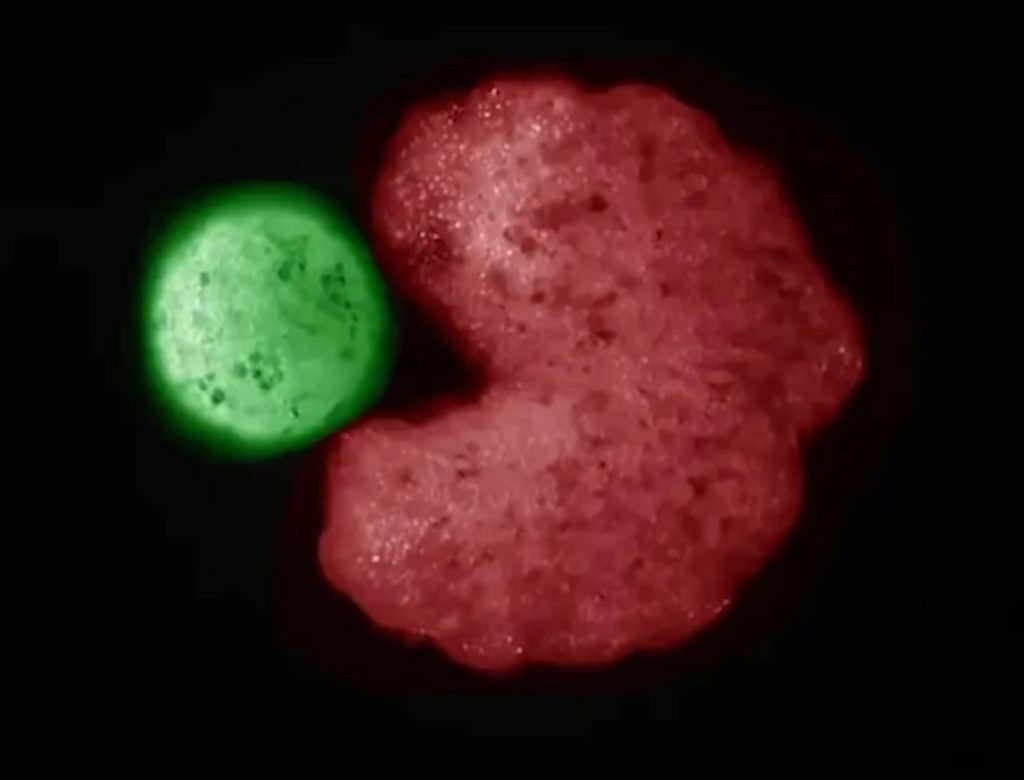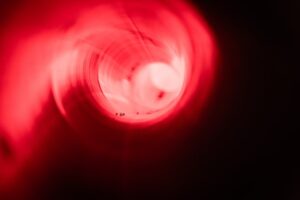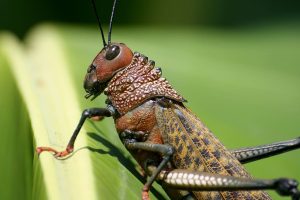
Burlington (USA) About two years ago, Scientists from the University of Vermont (UVM) introduced the so-called xenobots. At that time, they still had to be assembled by hand from frog cells according to the blueprints of an AI.
The team has now taken a huge step forward by allowing the tiny robots to reproduce themselves, as explained in the research journal PNAS (DOI: 10.1073/pnas.2112672118). This represents a groundbreaking breakthrough that will allow robots to be used in humans in the future.
They initially consisted of around 500 to 1000 skin and heart muscle cells from frogs. A computer algorithm, which was supposed to build machines for very specific tasks, had previously delivered the blueprint for the bots. This resulted in mini-robots that crawled independently on four little legs through a Petri dish. Some of the less than a millimeter small specimens were even able to transport tiny objects. The mini-robots use the reserves of the cells as fuel, which can supply energy for several days.
The scientists speak of a “new class of living artifacts”. Some people have said that xenobots aren’t organisms because they can’t reproduce, but now they can. This was made possible with AI algorithms that simulated a wide variety of methods for replicating the cells. As it turned out, the final assembly of the cells looks similar to the game character Pacman. With the help of stem cells, these were able to continue to reproduce, so that up to five new generations of xenobots could be formed.
As UVM’s Josh Bongard explains, Xenobots’ form is essentially their programming. According to the scientist, the technology is still at a very early stage. There is therefore no real world application for the biorobots yet. However, the researchers see potential for applications in the body in the combination of AI and molecular biology. For example, they could produce insulin, transport objects or repair injuries to the spinal cord. The team believes that they could also collect micro plastics in the seas one day. They also mention that there is no need to worry about self-replicating biomachines. The small robots are biodegradable and safely stored in the laboratory.







These guys need to play Horizon Zero Dawn! Self replicating robots, regardless of how tiny, sound pretty dangerous to me. Now just make them self sustaining through ingesting biomass and it’s the end of the world.